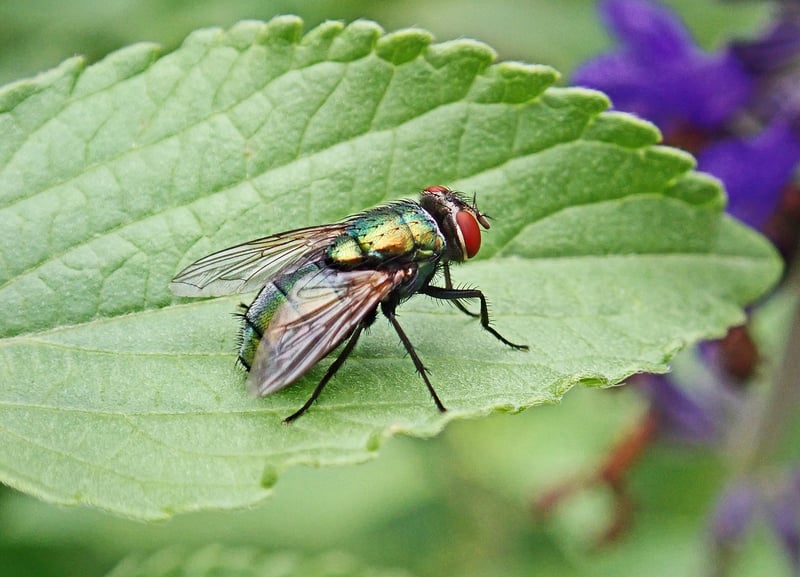Identifying Pests
Protecting Your Plants and Identifying Pests
As a plant enthusiast, ensuring the health and vitality of your green friends is paramount. However, pests and diseases can pose a threat to your plants, potentially stunting their growth or even causing irreparable damage. By learning how to identify common pests and employing effective protection strategies, you can safeguard your plants and promote a thriving garden.
Identifying Common Plant Pests
Recognizing common plant pests is the first step in effectively managing them. Some prevalent pests include:
- Aphids: These small, soft-bodied insects feed on plant sap, causing leaves to curl and yellow.
- Spider Mites: These tiny pests can be identified by the fine webbing they produce on plants, along with stippled or discolored leaves.
- Caterpillars: Caterpillars can munch on leaves, leaving behind holes and skeletonized foliage.
- Whiteflies: These tiny, moth-like insects congregate on the undersides of leaves and can cause yellowing and wilting.
Protecting Your Plants
Implementing preventive measures is key to protecting your plants from pests. Here are some strategies to consider:
- Regular Inspections: Routinely check your plants for any signs of pest infestation, such as discoloration, holes, or webs.
- Natural Predators: Encourage beneficial insects like ladybugs and lacewings, which can help control pest populations.
- Neem Oil: Use neem oil as a natural and effective insecticide to combat common pests.
- Companion Planting: Plant herbs like basil and lavender near susceptible plants to repel pests.
Conclusion
By familiarizing yourself with common plant pests and proactively implementing protective measures, you can create a resilient and flourishing garden. Remember that early detection and swift action are crucial in managing pest infestations and preserving the health of your plants.
Happy gardening!

